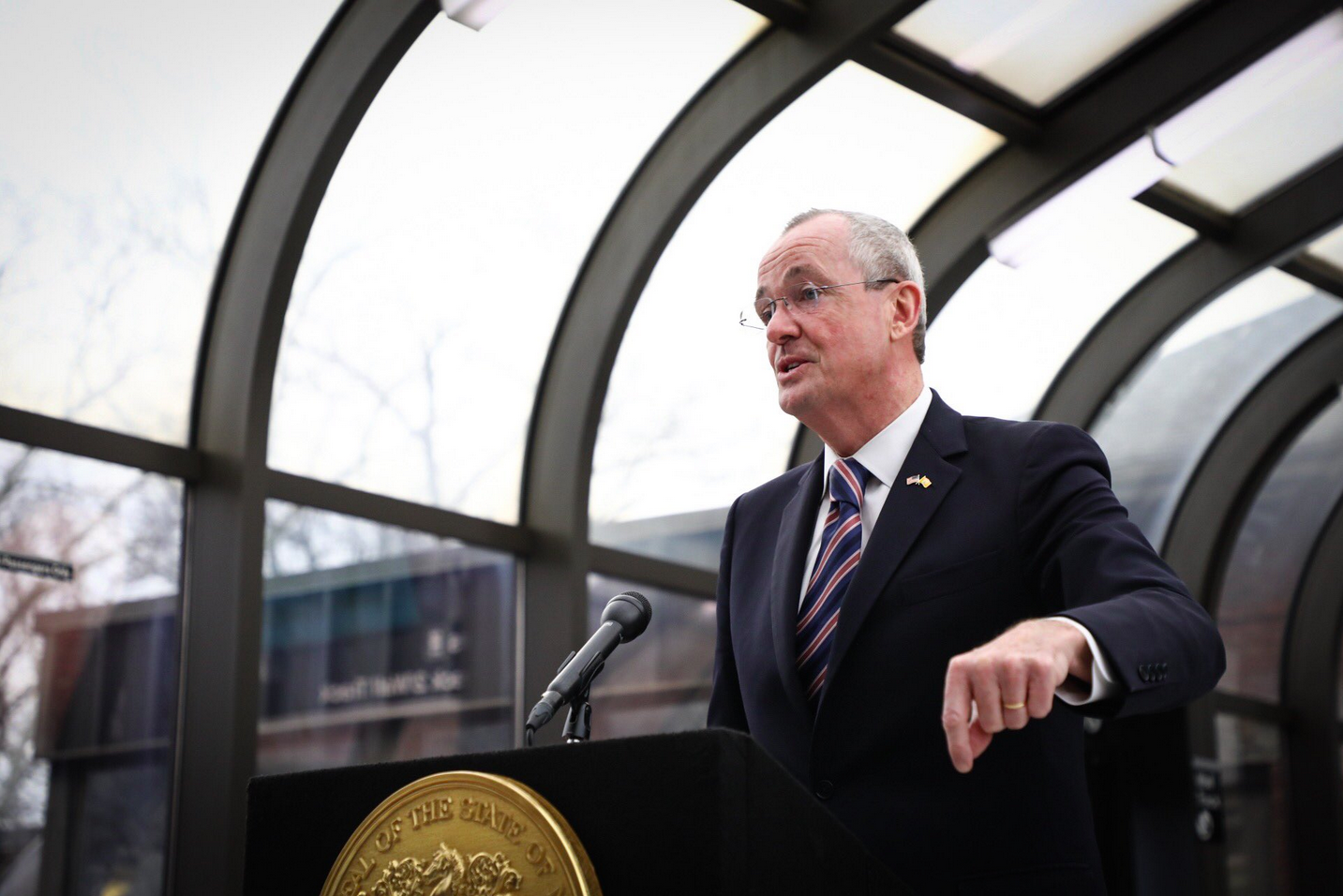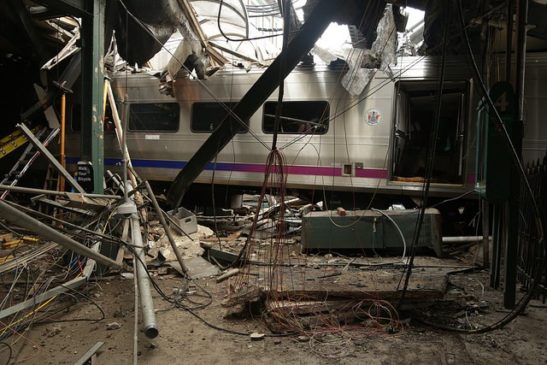
[slideshow_deploy id=’899′]
BY SHANNON MCLAUGHLIN
OF PASCACK PRESS
The NJ Transit commuter train crash in September 2016 was caused by the train engineer’s fatigue resulting from undiagnosed severe obstructive sleep apnea, the National Transportation Safety Board determined.
The Sept. 29, 2016, accident killed one woman and injured 110 after a Pascack Valley Line train failed to stop and crashed into the Hoboken Terminal. The incident resulted in major damage to the station.
The safety board, which conducts investigations into the causes of rail crashes, found that an engineer’s sleep apnea also caused the Long Island Rail Road accident in Brooklyn, New York on Jan. 4, 2017. The 2013 Spuyten Duyvil derailment in the Bronx that killed four and injured more than 50 was also caused by an engineer’s sleep apnea, according to a previous finding by the board.

Photo courtesy NTSB/Chris O’Neil
In addition to screening employees for obstructive sleep apnea, the National Transportation Safety Board recommended NJ Transit’s use of positive train control to prevent similar incidents. Positive train control is a crash-prevention technology that would automatically stop a train in case an engineer falls asleep or otherwise fails to stop the train.
All U.S. railroads were already required to implement positive train control due to a 2008 Congress ruling. The technology is required to be put it all rail lines by the end of this year, with a possible extension to 2020.
Every railroad in the country is required to submit a quarterly filing to the Federal Railroad Administration on its progress on positive train control implementation. The most recent filing from NJ Transit is from the period of July 1 to Sept. 30, 2017. The rail line fully implemented 25 of its 440 locomotives with positive train control, according to the report.
NJ Transit ranked in the bottom six in the Federal Railroad Administration’s report on positive train control progress. During the same quarter (July 1 to Sept. 30, 2017), while NJ Transit had 7 percent of positive train control hardware installed, 12 U.S. railroads had 100 percent of the hardware installed. Another five railroads were at 90 percent installation or above.
NJ Transit also reported having 137 of 1,100 employees trained on using positive train control systems.
On Jan. 22, Gov. Phil Murphy signed an executive order mandating an audit of NJ Transit. The audit will include the railroad’s progress of positive train control implementation, as well as finances, leadership structure and other items.
“New Jersey is the most densely populated state in the nation, situated between two of the largest urban areas. At the very least, we have to be able to get mass transit right,” Murphy said regarding the order. “We need to get our transportation running smoothly and make sure that people can get around our state and get to and from work without worrying about a train derailment or delay.
“NJ Transit was once a world-class transportation agency, and I will not rest until it is world-class again. We must get it where it needs to be to ensure the economic success of our state,” the governor said.
The executive order calls for the audit to be completed “as expeditiously as possible.”
[slideshow_deploy id=’899′]
